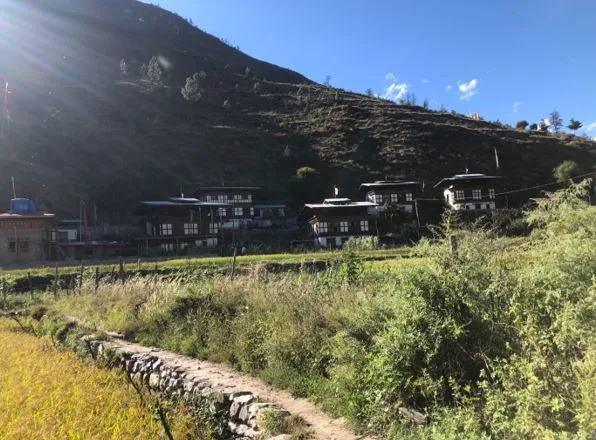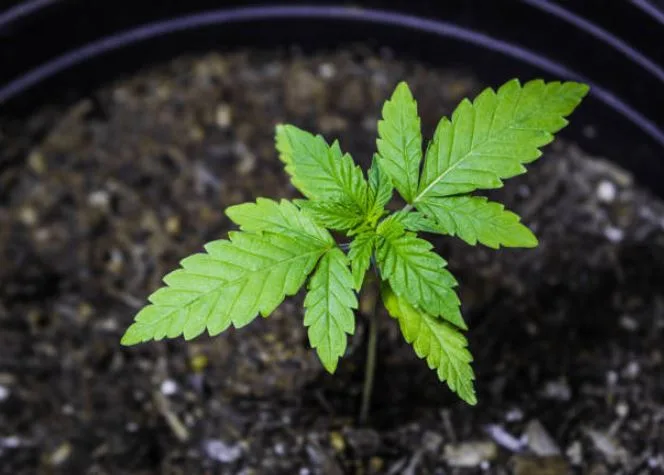Fall Cleanup Made Easy: The Smart Way to Handle All Those Leaves
When the weather turns cooler and the trees start to change color, yards transform into a mix of gold, red, and brown. It’s beautiful—until the wind blows those leaves into every corner of the lawn. At first, it might not seem like a big deal. A few scattered leaves can even make the yard look nice. But as more fall, the problems start to build up.
Thick layers of leaves can smother grass, blocking sunlight and trapping moisture underneath. This creates the perfect conditions for bare patches and even mold growth. Piles of leaves on walkways or driveways can also become slippery when wet, which makes them unsafe. That’s why clearing them before they pile too high is always the best move.
Choosing the Right Way to Clear Leaves
There’s more than one way to deal with fallen leaves, and each has pros and cons. Raking is the old-school method, but it’s slow and tiring. Leaf blowers move leaves quickly, but they still leave you with piles to collect. Bagging those piles can take just as long as raking did.
One of the most efficient options is to use a leaf mulcher. Instead of just moving leaves from one spot to another, it chops them into tiny pieces that take up far less space. The smaller size makes them easier to bag—or even better, you can use them as mulch for your garden beds. This not only saves time but also puts those leaves to good use.
Turning Leaves into Something Useful
Mulched leaves aren’t just waste in smaller pieces—they’re a free, natural resource. When shredded, they break down much faster than whole leaves. This means they can be turned into compost in a fraction of the time.
Adding a layer of shredded leaves around trees, shrubs, and flower beds protects roots from cold winter air. In vegetable gardens, mulched leaves act as a natural blanket, locking in soil moisture, preventing erosion, and keeping weeds from taking over. By spring, the mulch will have broken down enough to mix into the soil, adding valuable organic matter.
You don’t even need a full compost bin to get the benefits. A simple pile in a corner of the yard will do the trick if you turn it occasionally and keep it damp. Over the months, the pile will turn into a rich, dark material your plants will love.
When and How Often to Tackle the Job
The best way to keep leaf cleanup from becoming overwhelming is to work in smaller, regular sessions instead of waiting until the trees are bare. If you let leaves sit for too long, the bottom layers become wet, heavy, and harder to deal with.
A good schedule is once a week during peak leaf fall. This keeps the layer thin enough to manage easily and prevents damage to the grass underneath. Pay extra attention to low areas where leaves tend to pile up, as these spots are more likely to get soggy and cause grass problems.
If you have a lot of trees, you might even want to do a quick cleanup twice a week, especially if a windy day brings a fresh layer down overnight. Staying on top of it makes each session shorter and easier.
Making the Job Easier and Faster
Small changes in your approach can make a big difference. Work with the wind instead of against it, guiding leaves toward a central spot. If your yard has a slope, let gravity help by moving leaves downhill.
When using a mulcher, set up close to where the leaves naturally gather. This saves you from hauling piles long distances. If you’re bagging the mulch, place the bag inside a trash can so it stays open and upright. That way, you can drop the shredded leaves straight in without struggling to hold the bag open.
If your yard is large, tackling it in zones can make the job feel less overwhelming. Clear one section at a time and take short breaks between areas.
Safety Tips You Shouldn’t Skip
Leaf cleanup might not seem risky, but it’s still worth taking precautions. Wet leaves are slippery, so wear shoes with good grip. If you’re using a blower or mulcher, protect your ears and eyes. Keep cords untangled and out of walkways, and unplug electric tools before clearing jams or making adjustments.
Avoid mulching anything other than leaves—sticks, rocks, or pinecones can damage equipment. Before you start, scan the area and remove anything that doesn’t belong.
Also, be mindful of your posture if you’re raking or carrying bags. Use your legs to lift, not your back, and switch hands every so often to avoid strain.
Prepping Your Yard for Winter
Clearing leaves isn’t just about making your lawn look tidy—it’s part of preparing it for the months ahead. Once the leaves are gone, it’s a good time to mow one last time before winter. A slightly shorter cut helps prevent grass from matting under snow.
You can also use this time to fertilize, especially if you live in a cooler climate. The nutrients will be stored in the roots, giving the grass a head start in spring.
If you’ve mulched leaves for garden beds, spread them evenly so they protect the soil without smothering plants. Around trees, keep the mulch a few inches away from the trunk to prevent rot.
Why Doing It Now Saves Work Later
Leaving a thick carpet of leaves on the lawn all winter leads to extra problems in spring. Dead patches will need reseeding, and mold or fungi might appear. The wet, compacted layer can also make soil harder to work with when planting season comes around.
Clearing leaves before the first snowfall makes a noticeable difference when warmer weather returns. Grass will green up faster, flower beds will be ready for planting, and you’ll avoid the back-breaking work of dealing with soggy, half-rotted piles.
A Cleaner Yard Without the Stress
Fall leaf cleanup doesn’t have to be the dreaded seasonal chore it’s made out to be. With the right tools and a smart routine, it can be quick, manageable, and even satisfying. Whether you choose to mulch for garden use or bag for disposal, staying ahead of the leaves will keep your yard healthy and looking good right through the season.
A little effort now means stepping into spring with a lawn that’s strong, green, and ready to grow—without the headaches of repairing winter damage. By turning what used to be waste into something useful, you’re not just cleaning your yard, you’re improving it.






